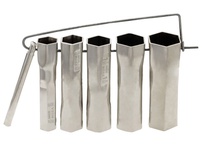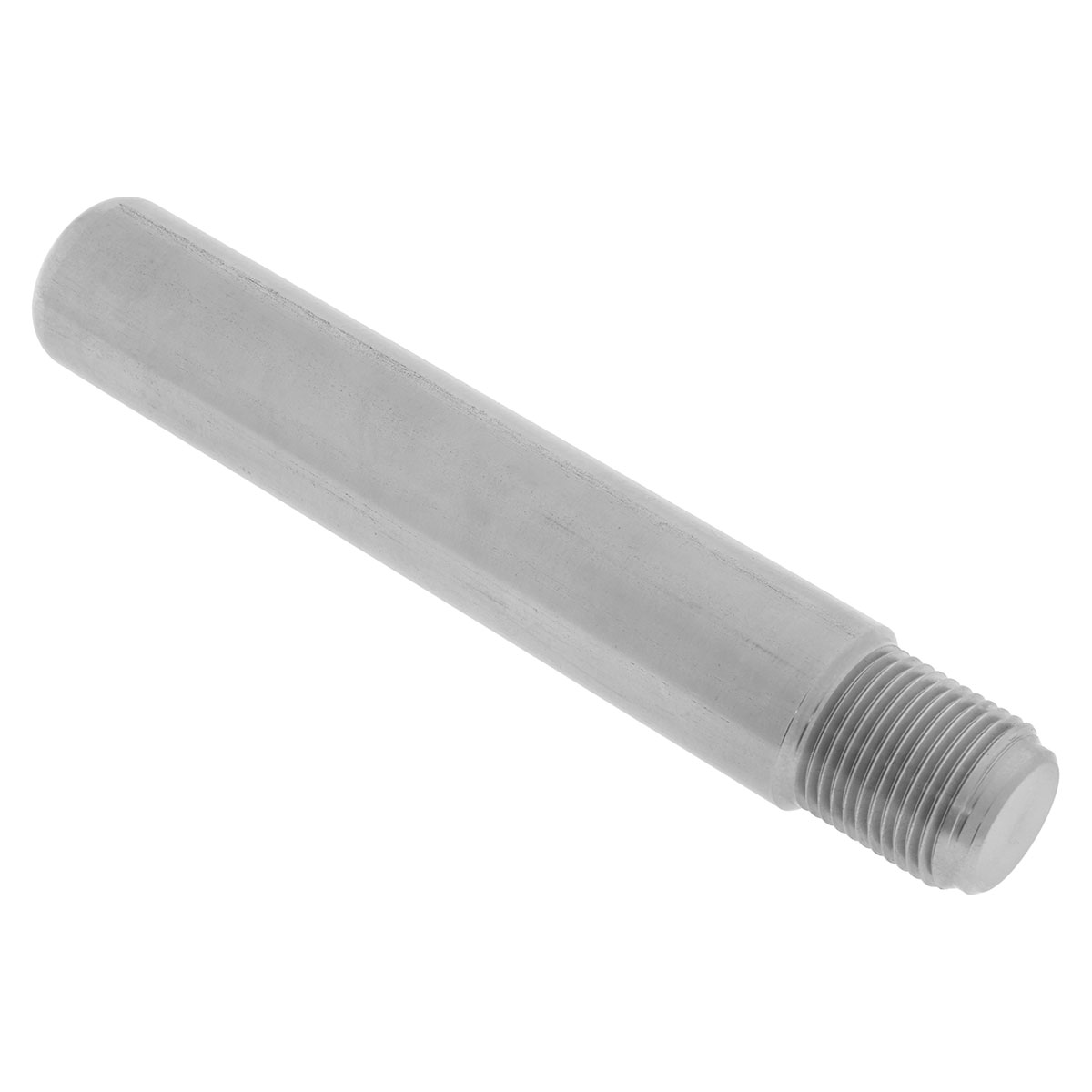Crow foot wrench and torque to manufacturer specs, generally 50 foot-pounds per most cylinder manufacturers.
Fifty foot-pounds is a bit tighter than can be achieved by hand unless your name is Arnold.
"Bumping" the valve stem by hand (done to generate torque to seat the valve) can actually bend or damage the valve stem, and is not recommended. Generally it's not a good idea to "bump" anything than can be bent. But, in my experience, this technique, as bad as it is, will probably get you right under 50 foot-pounds of torque. If you really give it hard whack you can probably get to 50 foot-pounds.
If you're damaging a valve with a wrench, I recommend that you take a remedial shop course. There are faces on most valves specifically designed to accept wrenches. If you try to use a wrench anywhere else on the valve you can bend the orifice.
Different valves require different size wrenches.


